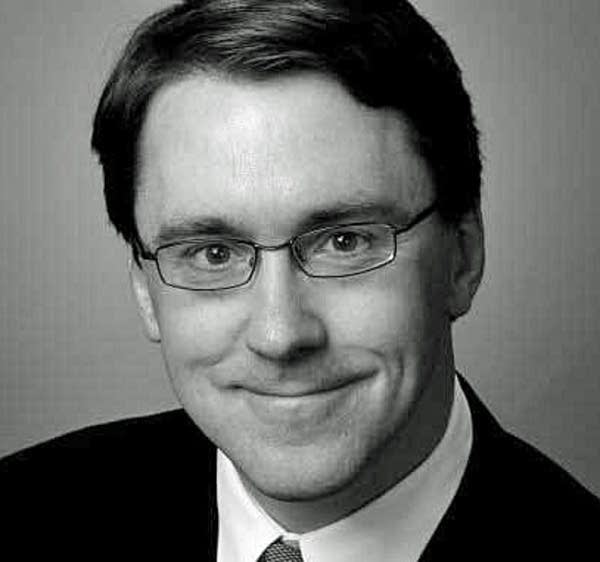Dr. Jon Hallberg: New class of medical students underway
Go Deeper.
Create an account or log in to save stories.
Like this?
Thanks for liking this story! We have added it to a list of your favorite stories.

Another year of medical school at the University of Minnesota is underway, and physician and instructor Jon Hallberg says these new students have some advantages over his generation of aspiring doctors.
Hallberg, who teaches "Essentials of Clinical Medicine" at the University of Minnesota Medical School, spoke with MPR's Tom Crann this week. Hallberg is a physician in family medicine at the University of Minnesota and medical director of the Mill City Clinic.
Tom Crann: First, you're back for a month. How's it going?
Dr. Jon Hallberg: I love it. I forgot how much I really love teaching.
Turn Up Your Support
MPR News helps you turn down the noise and build shared understanding. Turn up your support for this public resource and keep trusted journalism accessible to all.
Crann: These are first-year students right now that you're teaching. What are they learning right now?
Hallberg: Well, they have their basic science courses. One of the big ones they have is gross anatomy, so they're actually in the anatomy lab dissecting cadavers with teams, but my part, the clinical medicine part, is learning how to talk to patients, learning how to examine them.
Crann: Essentials of Clinical Medicine — what are you doing in that class with these students?
Hallberg: Well, really what I'm doing is I'm working with the students to interview patients, to learn how to speak to patients, and then also how to examine them.
Crann: They're learning how to function in the doctor's office in a patient visit?
Hallberg: Right out of the chute. And this is something that is very different than when I was a student. That didn't occur until the end of the first year at best. When I last taught, it was not taught until January of the first year. Now we're doing it right from the get-go.
Crann: Do you think this is a better approach than what you had when you were a medical student or even a few years ago?
Hallberg: I do. I think that there's something about getting a sense of the context of why you're in this business, why you're going through this long process of schooling right from the beginning.
They do the white coat ceremony now at the end of the very first week of medical school, rather than waiting at some point down the road when you get your white coat. When they interview standardized patients and they interview one another, they're wearing their white coats to kind of remind them that this is something that they've entered.
And then to be in the anatomy lab, to be taking apart the human body, but to see how it sort of functions when you're doing a shoulder exam or a hip or knee exam, is really important to drive home that message.
Crann: You've said there are about 170 first-year medical students at the [University of Minnesota] this year. Are you noticing any change in the make-up of this class?
Hallberg: Well this is something that's been a wonderful evolution over the past many years actually. When I was a first-year student back in the late '80s, [the students were] mostly Minnesota kids, mostly white. The few students we had of color were often from California or from overseas.
And now we're seeing, and have been for several years now, first-generation Somali, Hmong [students], students from all over the world. And so when you look across that classroom, it's really amazing and a wonderful sight.
Crann: When it comes to the diversity of the students in the class, do you think they'll be better equipped to handle under-served populations here in the Twin Cities and beyond?
Hallberg: Oh, yes. There's absolutely no question that that's the case. In fact, many of our graduates are already back in communities that they came from and their intention has been to serve in some respects.
We have classes and have had opportunities for students to understand different cultures, and it's really interesting. You look around that classroom now and you realize that the students are from those cultures, so there's just no question that those communities will be better served.
Crann: If you had to predict ten years from now, 'How will these new doctors be practicing medicine differently, what different skills or approaches will they have or take than today?' [what would you say?]
Hallberg: I think on the one hand we hope that they practice very similarly, in the sense that the patient is at the focus of our attention ... The kind of class that I'm teaching in instills that.
But what they're going to bring, I think, is just an absolute seamless integration of technology into the practice. It's something they're born with. I mean I've had to learn all this stuff, and I'm still pretty clumsy in the exam room trying to type things into the computer, but they just get it. So I think that that part is sort of to be expected with this next generation.
(Interview edited and transcribed by MPR reporter Madeleine Baran)



